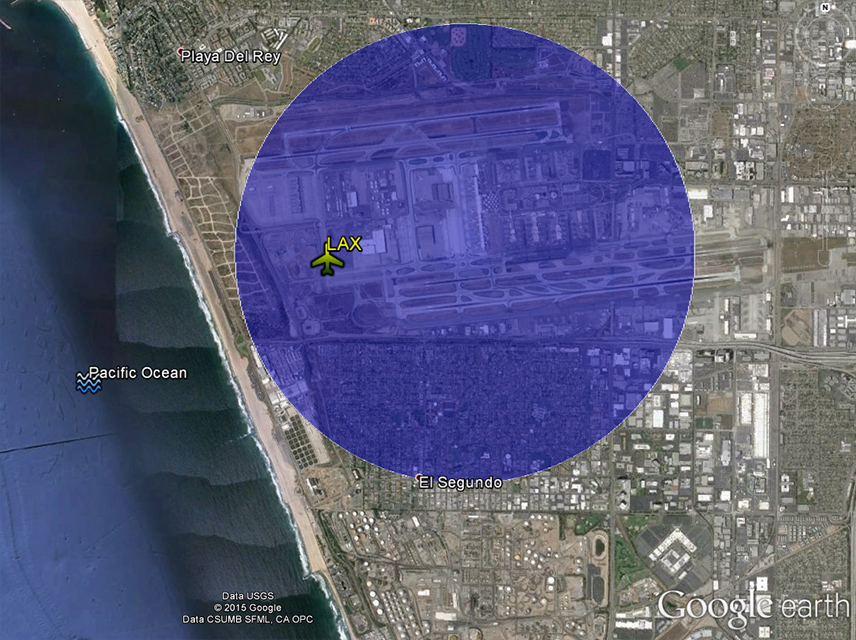
Over half of all urban water use goes toward outdoor use. In Southern California, residential lawns provide a frontier of opportunity to conserve water. The worst drought in the state’s history and some strategic financial incentives have sparked a water-saving landscape revolution.

Throughout Southern California public utilities are offering financial incentive to replace water-intensive lawns with more water efficient landscapes. Turf replacement in the Southland is so successful that $100 million in utility-allocated funds were recently depleted. Last week the Metropolitan Water District (MWD) approved an additional $350 million in funding, with some changes to commercial applications, in order to further extend lawn-replacement incentives. If you live in Los Angeles, the Department of Water & Power (DWP) currently offers up to $3.75 per square foot to replace your turf with a drought-tolerant landscape—the highest in California. In other parts of Southern California you can get at least $2.00 per square foot.
The 2015 turf rebellion, by the numbers:
- On April 1, 2015, Governor Jerry Brown mandated the removal of 50 million square feet of lawn throughout the state.
- MWD General Manager Jeffrey Kightlinger estimates that 172 million square feet of lawn will soon be replaced in Southern California (DWP estimates include 18 million square feet in more densely populated Los Angeles).
- According to the MWD each square foot of grass replaced in Southern California conserves 42 gallons of water.
- The water savings within the year will add up to 80,000 acre-feet of water—exceeding the benefit of a large desalination plant and the carbon-intensive energy cost that fuels it.
This is not a war on lawns, but a cultural change in how Southern California is responding to drought. It’s been slowly shifting for years, gaining considerable momentum this year with the intensifying drought, Governor Brown’s mandate, and thoughtful investment by MWD and DWP. Over six square miles of lawn will be eliminated in Southern California in the coming year—a non-essential irrigated crop that will stretch existing water supplies.
Southern California continues its decades-long journey toward drought resilience and water efficiency. Mono Lake and Los Angeles occupy two ends of a watershed that is intertwined with water interests throughout Southern California. A historic drought is challenging us to reach further for solutions, and it’s encouraging to see that we are rising to that challenge.
